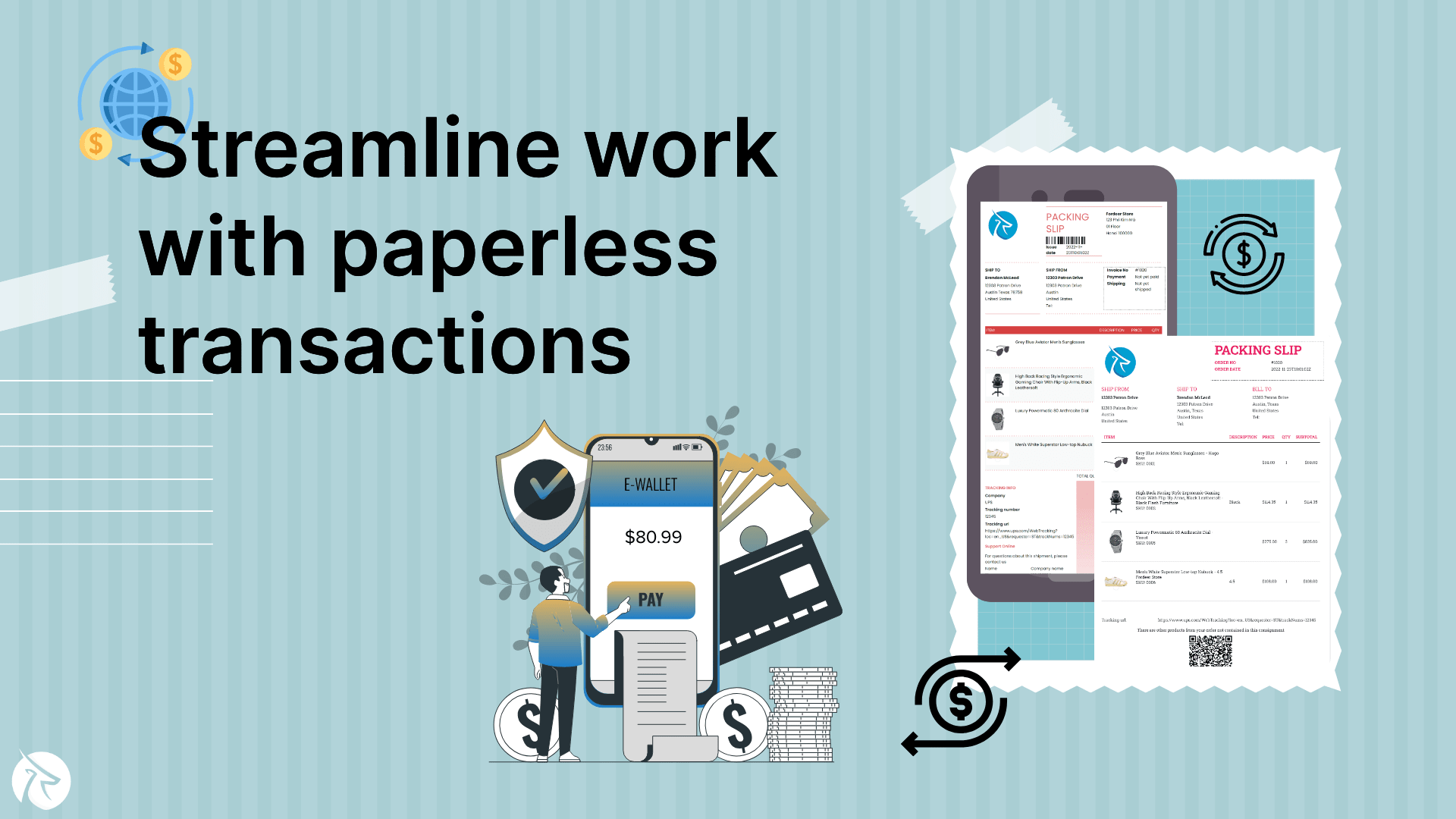Native Apps: Everything you should know
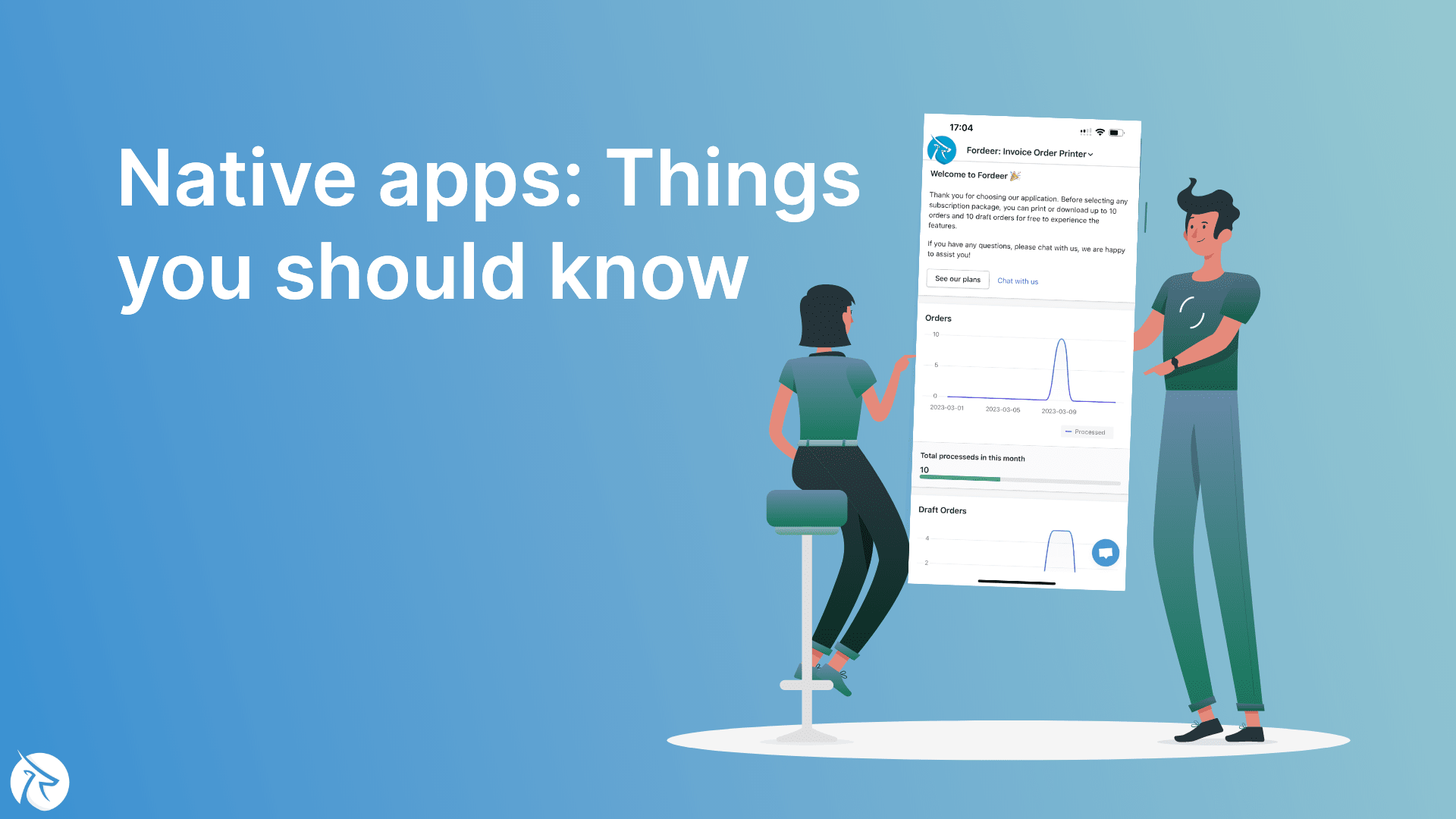
The world of mobile applications is growing in popularity, so it's crucial to think about the different kinds of apps that are available and which would be best for a company before beginning a software development project. Native apps are among the most well-liked app categories.
In this post, Fordeer will go through them, including how a native app works, its advantages and drawbacks.
What is a native app?
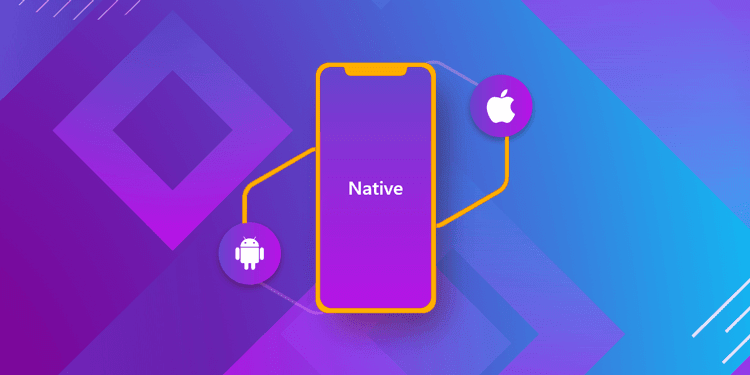
Any software that can be downloaded and installed on your mobile device is referred to as a native app. Native apps run independently on your device and frequently use various functions in order to function. Proper mobile apps aren't the same as the website, even when items or services are run online as web apps (such as a social media platform). They need to be created as stand-alone programs. Developers must adapt native apps to operate properly with consumers' phones or devices because different operating systems even require different apps. This implies that because web apps must download all of their data from a web server, they run slower than native programs on the operating system for which they were designed.
How does a native app work?
The operating system of the device is used by native apps. To put it another way, native apps are programs that are designed to run exclusively on a specific piece of hardware and software. The platforms offer standardized software development kits, or SDKs, to app developers. An SDK is a kit that includes a set of tools, code samples, libraries, documentation, and guides that enable developers to build apps for a certain platform.
The SDKs give outstanding speed and a positive user experience when used in conjunction with a potent set of tools for creating native apps.
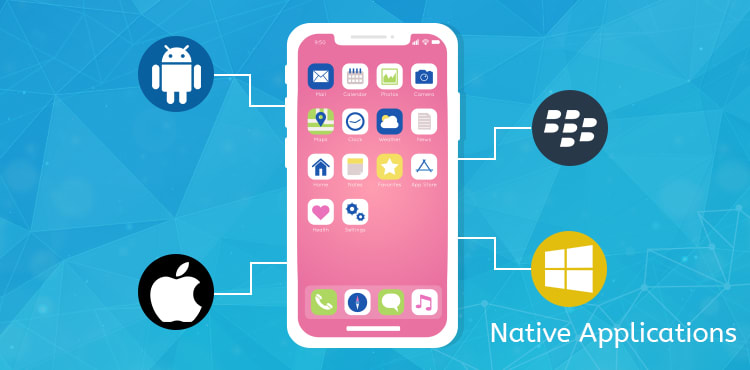
Google offers Android Studio, and Apple offers XCode. These are IDEs, or integrated development environments, which are specialized software suites that include code editors, compilers, and debuggers. This is used by developers to create and test software.
By removing the most difficult errors and speeding up development, the IDE improves the effectiveness of the process of creating apps.
Pros and cons of a native app
While native apps are often preferred over web apps, they’re expensive to build and require consistent maintenance. To determine whether or not native apps are worth the investment, companies must thoroughly weigh the pros and cons of building one.
| Pros | Cons |
|---|---|
| Speed | Lengthy downloading process |
| Work offline | No flexibility |
| Provide a recognizable look and feel | Expensive development |
| Maintain aspect ratios | Time-consuming development |
| They require frequent upgrades |
Advantages and disadvantages of native apps
The creation of native mobile applications has many benefits, which is why more and more companies choose to create apps with these features. But, like with everything, there are certain drawbacks, which we shall list below.

The benefits of developing a native app include:
Great level of customization
Because native apps are created expressly for each operating system, there is a high level of customization and optimization, which enables us to provide users with an excellent and suitable user experience.
This level of flexibility makes it possible to create more intricate and comprehensive programs with functions tailored to the requirements of each project, enabling you to realize any idea you have in your head.
Also, the fact that an application adapts to each operating system decreases errors because each operating system-specific feature is built into the application.
Use offline
The fact that a native mobile application may be utilized without an internet connection gives consumers the freedom to use it whenever and wherever they want. Nevertheless, you must keep in mind that some functions will require such a connection.
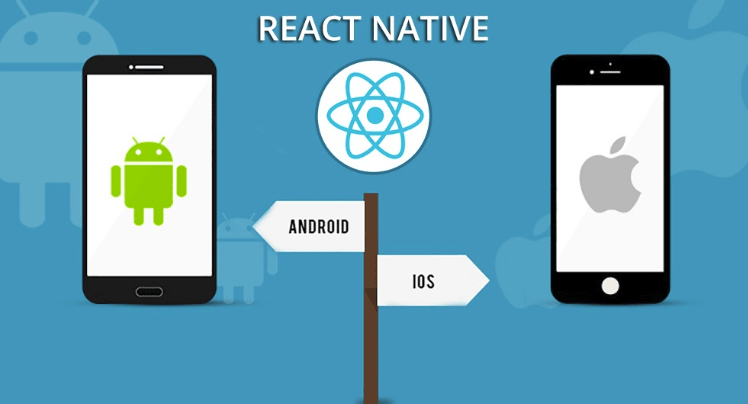
Security
Making secure mobile applications is crucial given the significance of security in today's digital and technical environment and the potential for cyberattacks.
Downloads from the Play Store and App Store are considered to be native mobile applications. Some of these platforms need applications to pass certain security checks before they can be uploaded. The published native apps are subject to stricter security checks than other types of applications because of these precautions.
As we've previously stated, there are some drawbacks to native applications as well, such as the cost, time, and resources required for their creation.
Due to the fact that they are specialized tools created for each operating system, they require professionals with training in various programming languages as well as more time and resources than other application types like web apps or hybrids. As a result, their cost is higher than that of other application types like web apps or hybrids.
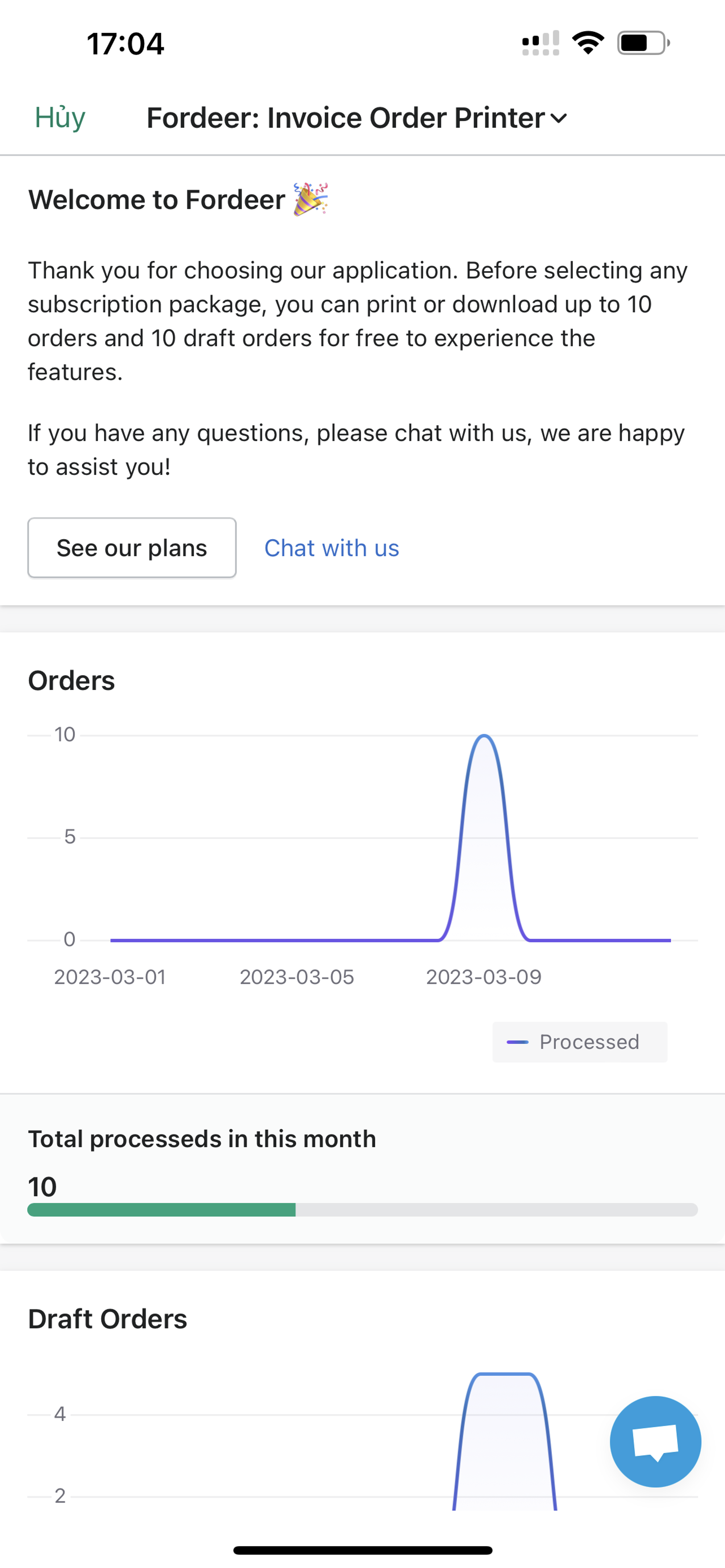
Examples of native apps
- Community apps (e.g. Mighty Networks)
- Mobile banking apps (e.g. Discover)
- Social media apps (e.g. Instagram)
- Language learning or flashcard apps (e.g. Duolingo)
- Productivity apps (e.g. Hive)
- Creativity apps (e.g. Adobe Lightroom)
- Personal finance apps (e.g. Mint)
- Shopify PDF invoice apps (e.g. Fordeer: Invoice Order Printer)
That is all about native app development that Fordeer’d like to share with you in this article. With our set of native app knowledge, we hope that this blog will help you better understand native mobile application functionality.
If you wish to experience this more practically, explore with the Fordeer: Invoice Order Printer, the first Shopify PDF invoice uses this term in research and development.






